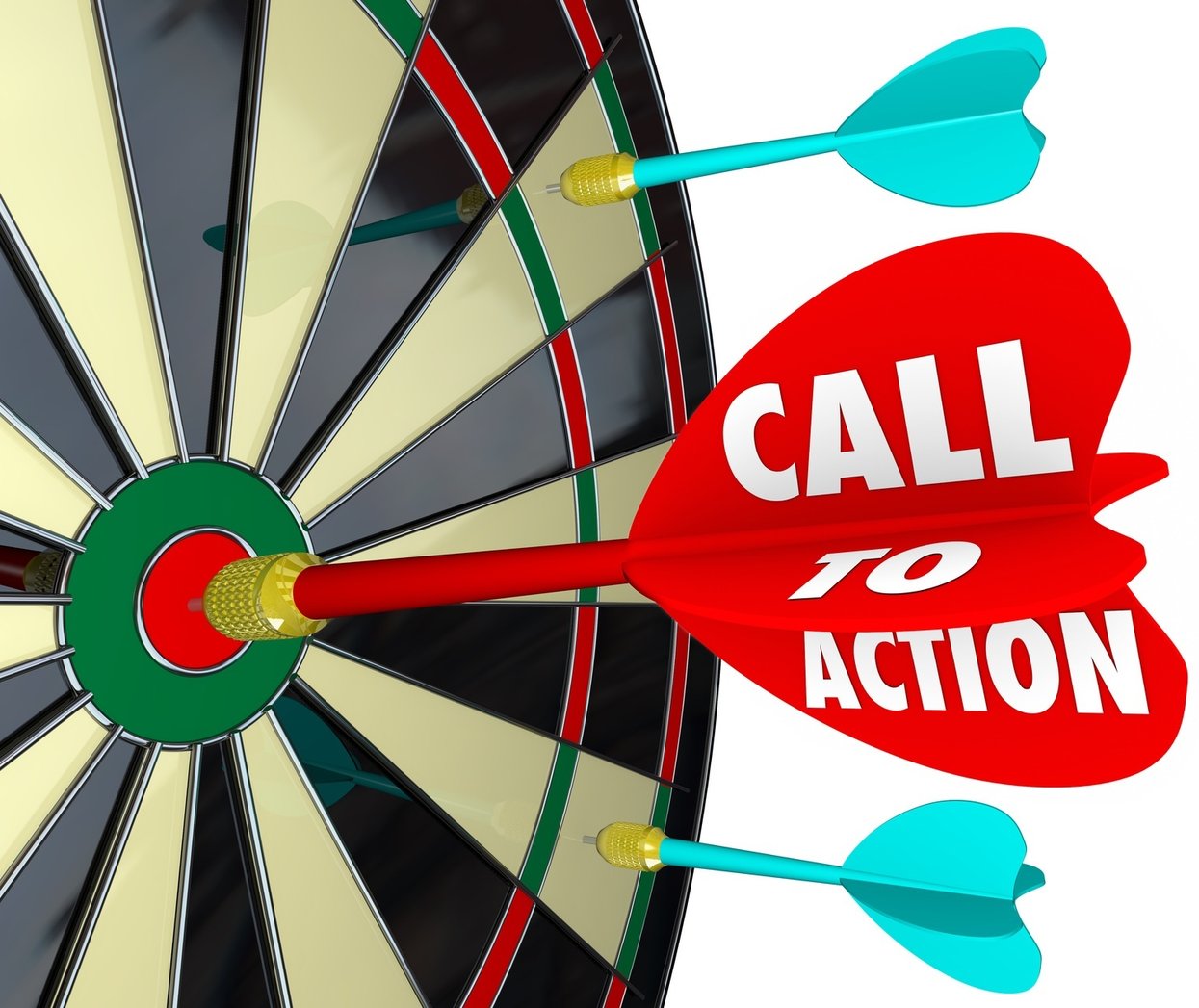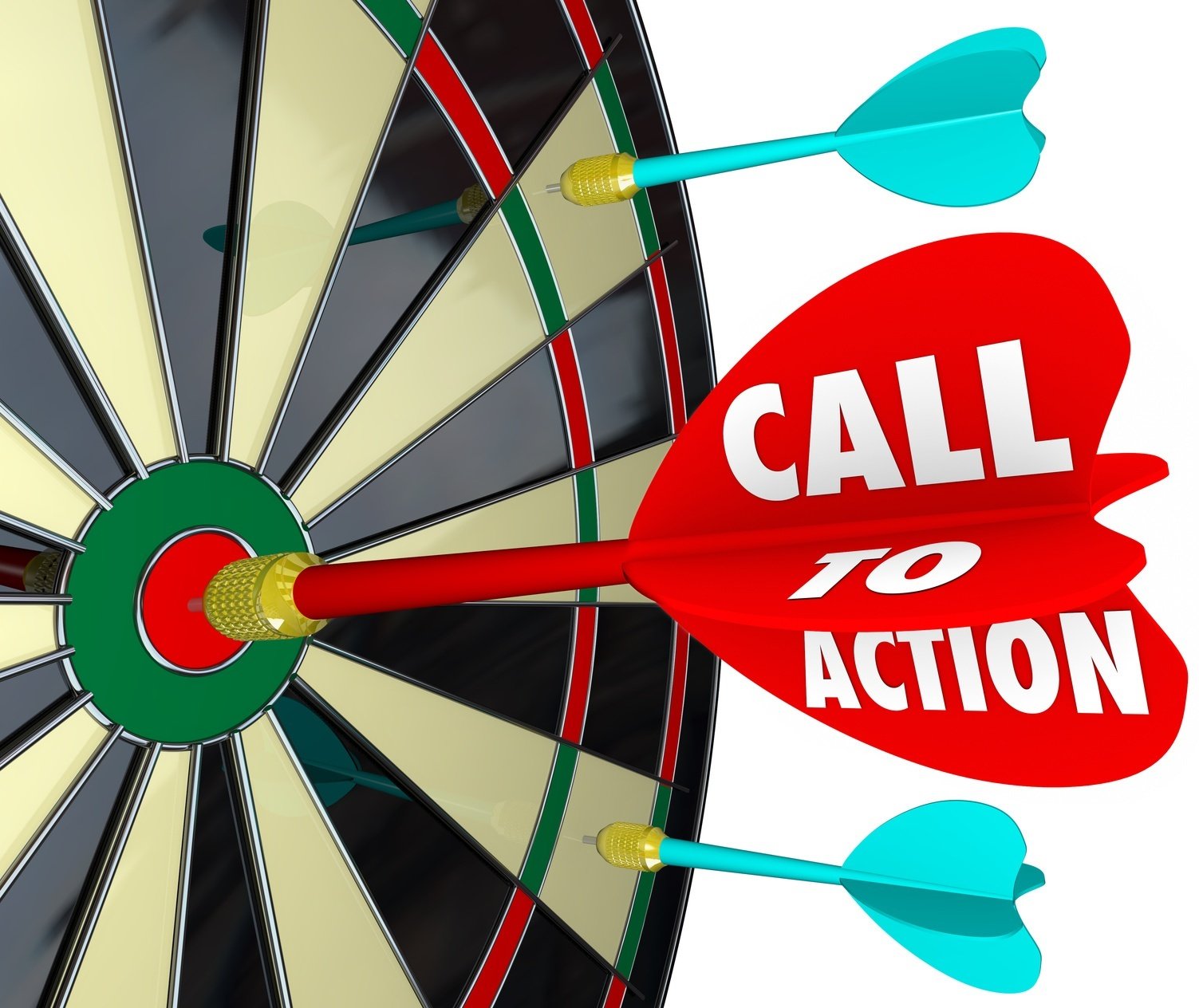Test Those CTAs to Find the Best Ones

Calls-to-action are the magic wands that turn website visitors into leads by attracting them to offers they access by sharing contact information. CTAs may be small and concise but they play a major role in your inbound marketing.
Creating great CTAs means incorporating 8 basic steps:
-
Make it clear what the offer is.
-
Make it action oriented.
-
Keep it above the fold.
-
Make it stand out.
-
Make the CTA match your landing page headline.
-
Include CTAs for different stages of the buying cycle.
-
Place CTAs on the most relevant website pages.
-
Test, test, test.
You’ll find plenty of resources to flesh out those first seven steps in call-to-action related posts on our Inbound Accelerator blog and in our Inbound Marketing Learning Library. But today, I want to talk about the benefits of Step No. 8: Testing.
Why test calls-to-action?
You should A/B test calls-to-action for the same reason you test your landing pages and do analysis of elements such as blog headlines and social media posts: to find out what works best.
While it is trickier to test two different headlines for the same blog post (which is why you then look for commonalities in your top-performing posts), with calls-to-action, you can create two different CTAs for the same offer that differ in only one way, and calculate which version leads to the highest click-through-rate and conversion rate when shown to visitors on a random basis.
By testing your CTAs, you can focus on using the ones that generate the best overall response, and use them as a basis for how you choose to create future calls-to-action.
What should I test?
First off, you should, in most cases, change only one variable at a time; if you make multiple changes, it will difficult to pinpoint which change influenced response rates. But here are some options for CTA elements to test:
Placement: Where you place a CTA may impact its response rates. Top of the page is typically seen best, but you should test it against a placement elsewhere on the page. Do you get more response if a CTA is at the bottom, after a reader has completed reading the blog post or other content? Does a slide-in midway down the page get more clicks?
Size: What size of CTA seems to work best? Small calls-to-action may get lost on a busy page full of images and information; over-sized CTAs could be overwhelming or involve too much information. Test two different sizes to see what might be “just right” for your readers.
Color: Some designers argue that red is the best color for calls-to-action, while others emphasize a need for the color to be based on the context of the page. Test to see if your CTAs convert more with a highly contrasted color or a more subtle difference.
Copy: Given the small space and brevity required for most CTAs, it can easy to overlook the power of the words. But in reality, writing calls-to-action can be one of the most difficult jobs due to that brevity and all that needs to be expressed in a small space. Use the same visual appearance and placement, but try saying two different things. Do you see a difference in CTR based on what benefits you promote, or what action words you use in the CTA?
Graphics: Graphics can provide a compelling complement to the text in your calls-to-action. Experiment with using different shapes of buttons or icons to see if a new look will improve your conversion rates.
How do I use the results of my CTA tests?
Once you have created your two versions (stick with only two) of your call-to-action, set them up to be presented to viewers, readers or email recipients on a random basis, with tracking tokens to tell you how many clicks each version receives.
One key to running and interpreting A/B or split tests, whether of calls-to-action or other elements such as landing pages and emails, is to run the test long enough and to a large enough audience to know if there is a significant difference between the two versions.
Once you have enough results to determine if one of the versions performs better than the other, then you can use that information two ways:
First, obviously, you’ll want to continue using the higher-performing option, at least until you test it against another version that performs even better.
Second, use the general characteristics of the winning CTA as a blueprint for a starting point when creating new calls-to-action.
Looking for more details on creating effective calls-to-action or running A/B tests of your marketing elements?
Check out these resources from our Inbound Marketing Learning Library:
-1.png?width=1652&height=294&name=Jones(RGB)-1.png)








-1.jpg?width=352&name=Business%20Blog%20Posts%20That%20Readers%20Share%20(infographic)-1.jpg)



